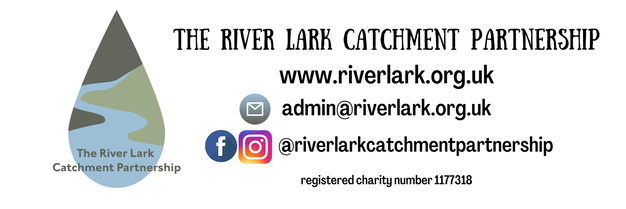|
We were hoping to have been able to get some work parties underway by now, but sadly we will have to be patient a little while longer. Here are a few updates with news about RLCP and the river. River Lark between Fornham and Duck's Lock - Steph Holland Feb 2021 Volunteering during lockdown It’s been difficult to organise much in the way of volunteering during lockdown. We hope to start MoRPh river surveying but of course flooding resulting from the level of the river has been an obstacle. We had also hoped to get the river paths surveying underway but Suffolk County Council has suspended volunteering during the lockdown and the paths work is SCC-supervised. Our river restoration work has of course also had to be suspended. We have however been hard at work preparing for a restart when we can, including permits, landholder permissions etc. Jo Churchill Lark pollution report on track for March by Andrew Hinchley Intensive work continues with stakeholders on completing this report for mid-March. It will lay out in considerable detail the way the Lark has become polluted in recent years from under-investment in new water resources and water treatment, the inability to deal with excessive phosphorus under current regulations and finally climate change where we now see rainfall occurring in fewer more intense occasions. The report will lay the ground to address pollution issues in a climate where the chronic problems of England’s chalk streams are increasingly better understood and where the Lark is recognised as one of East Anglia’s most severely affected chalk streams. Icklingham below bridge - Glenn Smithson Dec 2020 A dramatic change to the Lark in December and January by Glenn Smithson Nobody walking by the Lark could have missed its change in character over the last few months. During summer we were praying for rain and apparently someone got all the requests at the same time. It’s always good for a river to have a flush through, however this one has lasted a little longer than normal. When you look down into the river, what you actually see is what the river is carrying in suspension.When the Lark turns a dark brown/ green colour it’s carrying a lot. So what’s being carried along? Various items of litter, compost bins, road cones etc, these are easily dealt with after the levels drop. What is of concern is the material that colours the river, eroded soil and debris….diffuse pollution. Runoff The process by which water can erode land based material and move to the river is known as run-off. This occurs when a surface cannot absorb any more rain/water, it reaches saturation point and the result is runoff. So for the Lark this means field and urban runoff. The friable surface of non-vegetated land, through to the hard sand and grit you find next to kerbstones. The fine particles are picked up by the passing run-off and, if conditions are (un)favourable, they can eventually find their way into the river system. Adding to this soup in the river will be the material from natural erosion. Although on the Lark the process is natural, it’s usually eroding historically dredged material which was pulled from the river bed during its times as an active navigation. This material forms the flood banks that line many miles of our local rivers. We seem to have got used to walking across a meadow, up a little ‘slope’, then looking down to the river. This natural erosion does have benefits though. Although a lot of fine material is released into the system, this is accompanied by larger aggregate and gravels returning to the system. Remember, this used to be the river bank and bed. However, on the flip side, run off material presents a major problem. Road ways and paths are not noted for their hygienically clean surfaces. So whatever is on there has a chance of ending up in the system. Runoff pollution Chemicals used in agriculture, maintenance or generally by the public can make their way to the river. You can’t fight gravity…..So what’s the problem, it all gets carried away to the sea. Right? Well, apart from not wanting it dumped into the Wash….The fine particle material will remain suspended in the river until the flow velocity falls below a critical point. Then the material begins to drop out of suspension and fall to the river bed, where flows are less than at the surface. In a chalk stream like the Lark, the vast majority of our invertebrates live amongst the gravel and many fish spawn on the gravel beds.When high levels of material drop-out occur this can cover river bed gravels and aquatic plant life in a layer of fine particles and, in so doing, change the ecology. Gravels and plants affected in this way can lead to oxygen being denied reaching fish eggs and increasing mortality, also massively decreasing the adhesion of invertebrate eggs, allowing them to be washed away. So denying access to clean gravels and plant life is literally life and death. We can step in to counter these run-off issues. Silt traps placed in strategic areas to catch material-heavy runoff and allow drop-out in a controlled manner are an option. A natural contender would be permanently vegetated buffer zones adjacent to the river and watercourses. These can trap material and also lock in washed out chemicals. Silt Many of the features we install in the river have a silt trapping detail to them. Fine woven branches and areas of slack flow all enable the suspended material to drop out. Once these features have gained some material they begin to vegetate and form a naturalised area. As the Lark bears the scars of its historical navigation, the ability to react naturally to high water events has been diminished. Confined within flood banks and featuring several deeply dredged sections, the river has been disconnected from its natural flood plains. These plains would have allowed the river to expend its energy by flowing over the land at a lower river height than is possible today. Material in suspension would have had the opportunity to be ejected from the channel and deposited on the riparian land. A more ‘natural’ sequence, but land could be inundated more often…There is a balance to be found, we just need to look hard enough. To find out more, why not attend the Bury Water Meadows Group and Aquifer Alliance webinar on road runoff on February 24th at 7pm – https://www.burywatermeadowsgroup.org.uk/events/ Icklingham below bridge - Glenn Smithson Dec 2020 Icklingham - Glenn Smithson Dec 2020
Comments are closed.
|
AuthorWrite something about yourself. No need to be fancy, just an overview. Archives
March 2024
Categories
All
|
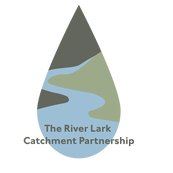
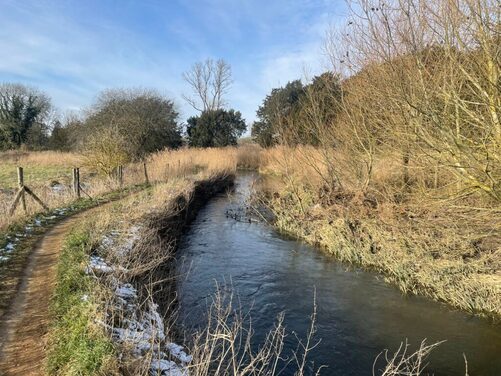
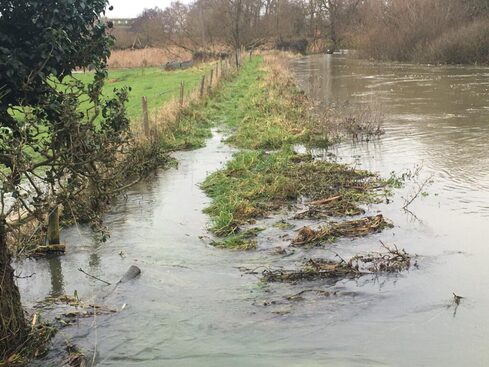
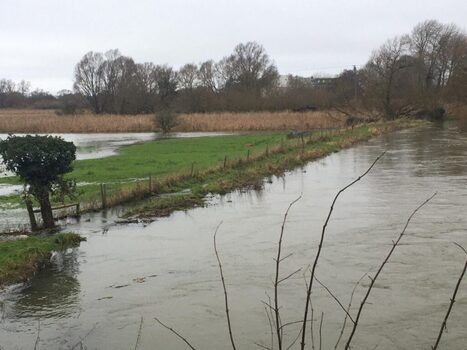
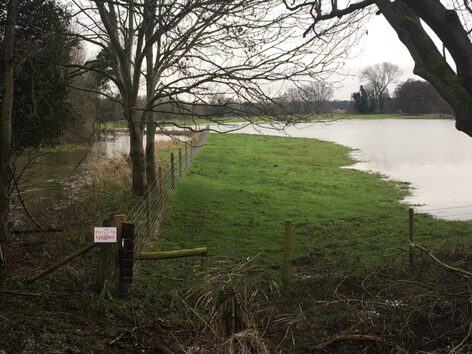
 RSS Feed
RSS Feed
